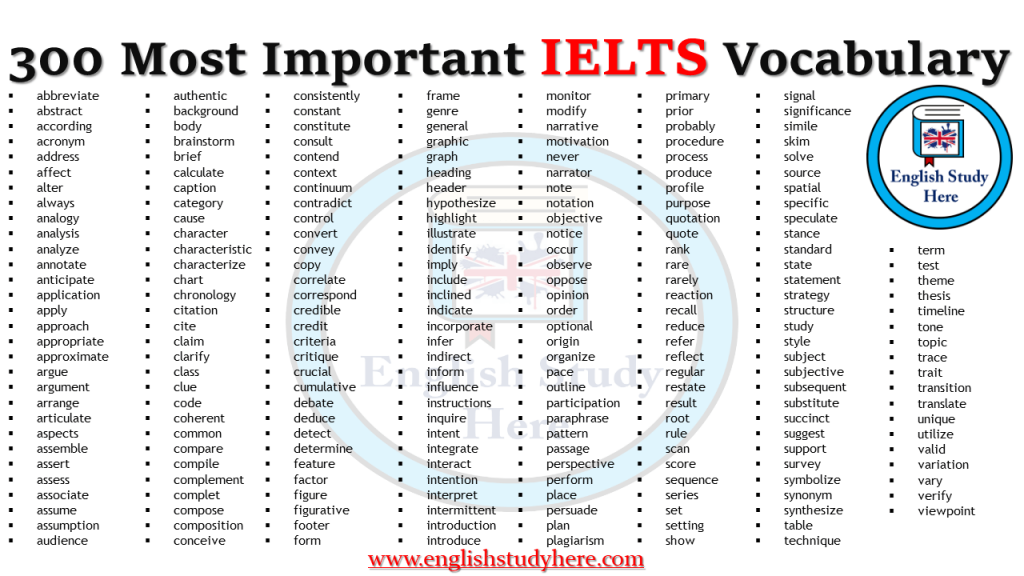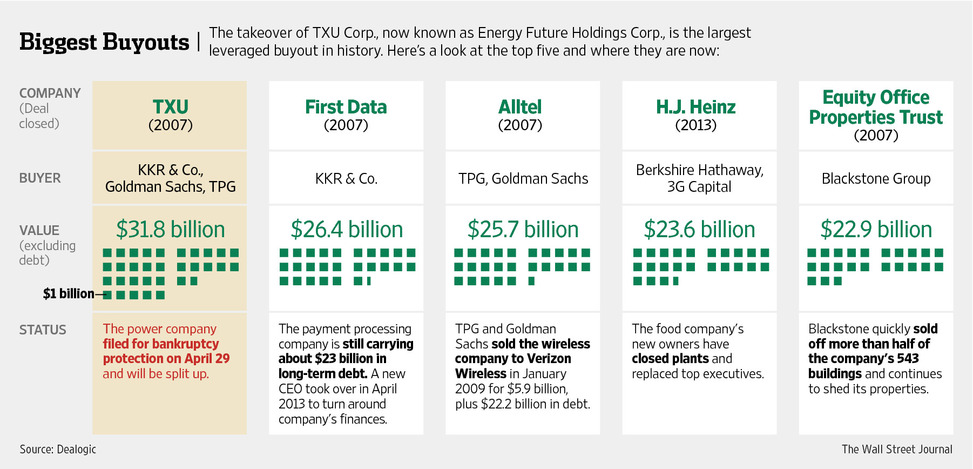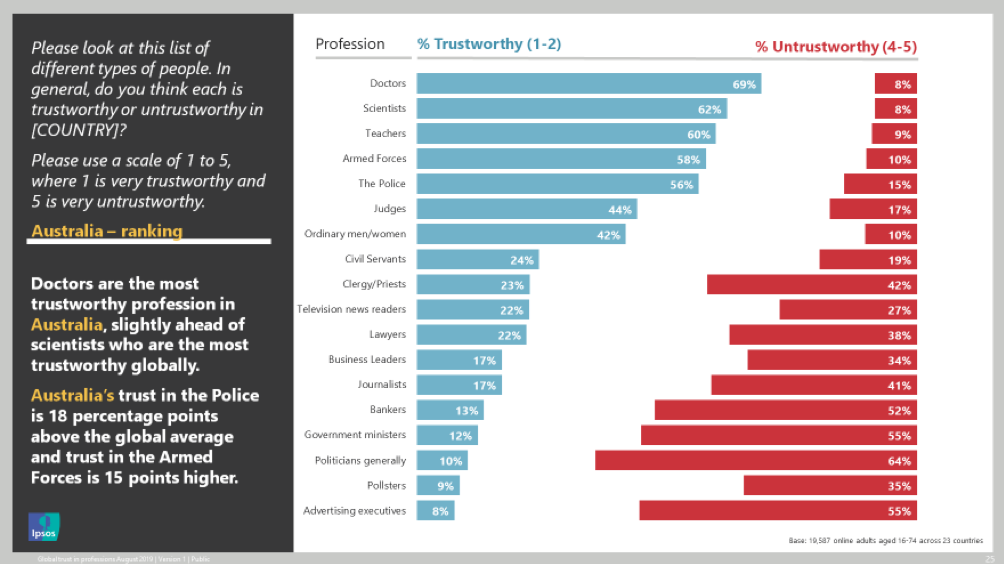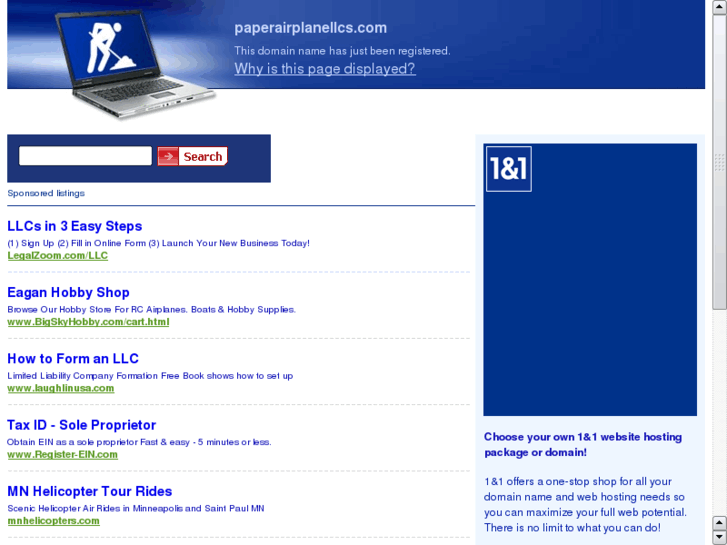Most popular national trust properties
What is the most popular National Trust Property
An interesting question I often get asked by friends is what is the most popular National Trust property. The National Trust is a charity based in the United Kingdom that owns and manages a large portfolio of historical places that people can visit. They have well over four hundred properties currently, with more being added each year. Members of the National can visit their properties for free, while non-members have to pay a small fee to enter usually around £10-£15 for each adult.
Visitor Numbers
The table below lists all of the National Trust properties that had over 50,000 visitors in 2021. Now these figures are a little low compared to the years before this due to the pandemic. In the United Kingdom at the beginning of 2021 a lock down was in place. The National Trust closed most of its properties, people were unable able to visit these places due to fear of spreading the virus. The list is sorted from most popular property at the top, descending in visitor numbers as you go down the list. The second coloum in the table is the amount of visitors in 2021, and the third coloum is the average number of visitors that property received per day.
| Attingham Park | 518,863 | 74,123 |
| Cliveden | 441,133 | 63,019 |
| Dunham Massey | 439,767 | 62,824 |
| Clumber Park | 350,188 | 50,027 |
| Calke Abbey | 315,150 | 45,021 |
| Polesden Lacey | 287,837 | 41,120 |
| Anglesey Abbey | 269,029 | 38,433 |
| Fountains Abbey Estate | 264,542 | 37,792 |
| Sheffield Park | 256,822 | 36,689 |
| Belton House | 245,228 | 35,033 |
| Wimpole Estate | 235,239 | 33,606 |
| Kingston Lacy | 234,307 | 33,472 |
| Nymans | 228,929 | 32,704 |
| Stourhead | 222,283 | 31,755 |
| Lyme | 220,390 | 31,484 |
| Stowe | 213,721 | 30,532 |
| Ickworth | 203,967 | 29,138 |
| Tyntesfield | 199,170 | 28,453 |
| Mottisfont | 192,901 | 27,557 |
| Gibside | 192,771 | 27,539 |
| Shugborough Estate | 181,541 | 25,934 |
| Croome | 175,270 | 25,039 |
| Mount Stewart | 170,366 | 24,338 |
| Dyrham Park | 159,349 | 22,764 |
| Quarry Bank | 157,678 | 22,525 |
| Wallington | 155,618 | 22,231 |
| Kedleston Hall | 154,396 | 22,057 |
| Chartwell | 154,364 | 22,052 |
| Hardwick | 141,643 | 20,235 |
| The Vyne | 140,610 | 20,087 |
| Charlecote Park | 140,504 | 20,072 |
| Cragside Estate | 137,255 | 19,608 |
| Baddesley Clinton | 135,135 | 19,305 |
| Hanbury Hall | 134,206 | 19,172 |
| Claremont Garden | 130,672 | 18,667 |
| Winkworth Arboretum | 128,950 | 18,421 |
| Packwood House | 125,718 | 17,960 |
| Corfe Castle | 117,581 | 16,797 |
| Killerton | 116,135 | 16,591 |
| Blickling Estate | 115,535 | 16,505 |
| Scotney Castle | 115,202 | 16,457 |
| Basildon Park | 113,514 | 16,216 |
| Hatchlands | 113,512 | 16,216 |
| Sissinghurst Castle Garden | 111,723 | 15,960 |
| Hughenden | 104,938 | 14,991 |
| Rowallane Garden | 100,709 | 14,387 |
| Hinton Ampner | 99,340 | 14,191 |
St. Michael’s Mount Michael’s Mount | 99,133 | 14,162 |
| Speke Hall | 97,388 | 13,913 |
| Standen House | 95,142 | 13,592 |
| Hidcote | 93,815 | 13,402 |
| Emmetts Garden | 91,955 | 13,136 |
| Bodnant Garden | 91,133 | 13,019 |
| Petworth | 88,600 | 12,657 |
| Lacock | 86,995 | 12,428 |
| Ham House | 82,948 | 11,850 |
| Greys Court | 79,160 | 11,309 |
| Felbrigg Hall | 78,187 | 11,170 |
| Wentworth Castle Gardens | 77,448 | 11,064 |
| Coughton Court | 77,165 | 11,024 |
| Biddulph Grange Garden | 75,269 | 10,753 |
| Castle Ward | 74,925 | 10,704 |
| Dunster Castle | 74,738 | 10,677 |
| Beningbrough Hall | 74,247 | 10,607 |
| Knightshayes Court | 74,073 | 10,582 |
| Osterley Park | 74,064 | 10,581 |
| Montacute House | 70,704 | 10,101 |
| Trelissick | 68,966 | 9,852 |
| Ightham Mote | 67,413 | 9,630 |
| Bodiam Castle | 66,757 | 9,537 |
| Dudmaston | 64,290 | 9,184 |
| Giant’s Causeway | 62,643 | 8,949 |
| Dyffryn Gardens | 61,574 | 8,796 |
| Wightwick Manor | 59,030 | 8,433 |
| Upton House | 58,256 | 8,322 |
| Croft Castle | 53,967 | 7,710 |
| Sizergh | 53,045 | 7,578 |
| Erddig | 52,108 | 7,444 |
| Powis Castl | 50,821 | 7,260 |
| Sutton Hoo | 50,775 | 7,254 |
What is the most popular National Trust Property
As you can see from the table above the current most popular National Trust property is Attingham Park in Shrewsbury, Shropshire. It was actually quite a long way in front of the property in second place with around 15% more visitors than Cliveden in Maidenhead, Buckinghamshire. Nearly 20% of the National Trust properties managed to make this list with over 50000 visitors in 2021 even with the reduced numbers that was caused by the pandemic.
It was actually quite a long way in front of the property in second place with around 15% more visitors than Cliveden in Maidenhead, Buckinghamshire. Nearly 20% of the National Trust properties managed to make this list with over 50000 visitors in 2021 even with the reduced numbers that was caused by the pandemic.
Here is some background on Attingham Park. The house currently at Attingham Park was built around 1785 for Noel Hill the 1st Baron of Berwick. The estate that is sits on is vast with over 4000 acres of land. The house it’s self is Grade 1 listed, but there also a further seventeen buildings inside the park with a Grade 2 listing.
Useful Links
My bucket list to visit every National Trust property – Link
Join the National Trust – Link
| M | T | W | T | F | S | S |
|---|---|---|---|---|---|---|
| 1 | 2 | |||||
| 3 | 4 | 5 | 6 | 7 | 8 | 9 |
| 10 | 11 | 12 | 13 | 14 | 15 | 16 |
| 17 | 18 | 19 | 20 | 21 | 22 | 23 |
| 24 | 25 | 26 | 27 | 28 | 29 | 30 |
8 Most Visited National Trust Properties
Last Updated : 20 June 2020
The National Trust for Places of Historic Interest or Natural Beauty or just The National Trust as it is most often called was born in 1895 out of a need to recuse and preserve some of the most important areas, properties and heritage of the United Kingdom. The charity was given statutory powers for protection in 1907 and this proved valuable after the destruction of the world wars.
The charity was given statutory powers for protection in 1907 and this proved valuable after the destruction of the world wars.
Under the National Trusts wing, you’ll find properties and estates of historic importance, Sculptures and painting, miles of coastline and acres of land with exceptional beauty such as the lake and peak districts. The main goal of this institution is to maintain this beauty in all its forms so it can be enjoyed by the public forever.
To maintain the upkeep of these properties visitor are often charged a small fee but members of the National Trust can enter free of charge in most cases. The Charity is currently the largest private landowner in the UK with over 500 properties on their list and 610,000 acres of land. We’ve had a look at last year’s top ten visited properties to help you see some of the stunning places you could visit if you become a member.
Giant’s Causeway
Giant’s Causeway is located in County Antrim Northern Ireland. It is a natural structure of over 40,000 basalt columns created in a volcanic event. This has created what appeared to be a series of steps leading from the cliff into the sea. It is one of Irelands most famous landmarks and tourist attractions and has long been the subject of myth and legend. You don’t have to pay an entrance fee to enter this National Trust site although there is a centre there which gladly accepts donations for preservation purposes. A truly magical place to visit when you next find yourself in Ireland.
It is a natural structure of over 40,000 basalt columns created in a volcanic event. This has created what appeared to be a series of steps leading from the cliff into the sea. It is one of Irelands most famous landmarks and tourist attractions and has long been the subject of myth and legend. You don’t have to pay an entrance fee to enter this National Trust site although there is a centre there which gladly accepts donations for preservation purposes. A truly magical place to visit when you next find yourself in Ireland.
Clumber Park
Clumber Park is number 2 on the list and was visited by over 600,000 people last year alone. It is a beautiful park which has been in the safe hands of the National Trust since 1946. The house which once was the centre of the estate had to be demolished due to fire damage in the 1930s however the nearby chapel and walled kitchen garden still survive. There is also a huge manmade lake called the Serpentine and 3,800 acres of wood and farmland. You can visit for the day or even book a campsite and stay for a while. If you’re considering travelling this year it must be noted that the famous ornamental bridge is being restored and is currently closed to the public.
You can visit for the day or even book a campsite and stay for a while. If you’re considering travelling this year it must be noted that the famous ornamental bridge is being restored and is currently closed to the public.
Cliveden House
Cliveden House is located in Buckinghamshire about 40 meters from the banks of the river Themes. It is a magnificent house of Italian renaissance inspired design that has over the years been home to many prominent people including a couple of Princes of Wales. Today you can pay a small fee to visit or stay the night as it is least out as a hotel. It also has a sprawling 375 acres of woodland and gardens that are open for the public to explore as well a fun maze for you to wander around. Well worth a visit if you are in the area.
Attingham Park
Another country house and grounds Attingham Park is located in Shropshire. Like most National Trust properties it is steeped in history and the mansion is no exception with a stunning gallery. There is a walled garden and an orchard that grows produce to be sold in the tearooms on site. You can spend the day wandering around the house before feeding the deer in the deer park and taking in the sights of the 8000 acres of woodlands.
There is a walled garden and an orchard that grows produce to be sold in the tearooms on site. You can spend the day wandering around the house before feeding the deer in the deer park and taking in the sights of the 8000 acres of woodlands.
Belton House
Belton House is yet another example of a stunning country house surrounded by lush woodland owned and protected by the National Trust. This one is set in Lincolnshire and the main house is surrounded by gardens that lead through to a series of avenues that in turn lead to a bunch of follies. If you visit this winter you’re in with a chance to join the Midwinter Murder Mystery tour which takes you on a tour of the house all the while you try and solve clues to a murder. A small fee of £10.20 is required to access the house but National Trust members gain entry for free.
Carrick-a-Rede Rope Bridge
Carrick-a-rede Rope Bridge is a rope bridge in County Antrim, Northern Ireland. It links the mainland to the tiny island of Carrickarede. It is suspended 30 metres above the rocks below and is 20 metres long. The National Trust do charge a small fee for crossing the bridge and they strongly recommend booking your crossing before arriving at the destination as it does get very busy.
It is suspended 30 metres above the rocks below and is 20 metres long. The National Trust do charge a small fee for crossing the bridge and they strongly recommend booking your crossing before arriving at the destination as it does get very busy.
Waddesdon Manor
Waddesdon Manor is an impressive country house in the village of Waddesdon, Buckinghamshire. It is built in the style of a French chateau and was owned by the Rothschild family until they left it to the National Trust. After a tour of the grand house with its opulent interior you can then explore the stunning grounds which feature several magical rock grottos for your enjoyment. As always National Trust members enter for free and a fee of £11 per adult will be charged for entry.
Fountains Abbey and Studley Royal Water Gardens
The last and oldest man-made attraction on our list this well preserved ruined Cistercian monastery was founded in 1132, it is called Fountains Abbey. The ruins maintain the romantic feels of the building and the water gardens are vast and sprawling. Large greens run along rivers and pathways lead to follies and deer parks where ancient lime and oak tree tower. There is also a large play park for families. A visit here will take all day. Tickets will cost non-members £18 for adult entry.
Large greens run along rivers and pathways lead to follies and deer parks where ancient lime and oak tree tower. There is also a large play park for families. A visit here will take all day. Tickets will cost non-members £18 for adult entry.
So that’s the top 8 visited National Trust attractions from last year, there are thousands of properties and places of natural beauty we haven’t mentioned here so get on the website and have a look. Individual membership for a year will cost you £72 per year for an adult and £36 for a young person aged 18 to 25. A junior is just £10 a year and under 5s go free! Family membership is £126 per year and that includes two adults and up to 10 of their children and grandchildren. That breaks down to just £10.50 per month.
Lacock Abbey. Harry Potter was filmed here
Our journey through England was filled with the most beautiful estates, quaint villages and flowering gardens. Therefore, it is rather difficult for me to determine which of all the places we have been has been the best.
I think, among the first, I would include Lacock Abbey, which is a five-minute walk from the village of Lacock, which I wrote about in previous posts.
Lacock Abbey was founded in the 13th century as a nunnery, although in the 16th century it was transferred to private ownership and made into a residence. Therefore, visiting the abbey today, you can feel the mixture of the religious order with the richly decorated interiors of the monastery.
If the abbey's stone walls sound familiar, you'll probably thank Harry Potter, as several scenes from the movie were filmed here (several scenes from Sorcerer's Stone, including the first game of Quidditch).
It's funny, but I found out about these facts only when I myself happened to be on this stone alley. Until the trip to the abbey, I had no idea that such popular films could be filmed here. We don't usually choose places to visit based on movies, rather we look for beautiful old houses and parks that belong to the National Trust.
Although, after a while, thoughts creep in that in any English corner, even in the wildest and sparsely populated, films, clips or just commercials are shot.
The world's first photograph.
Lacock Abbey was also the birthplace of photography. For avid camera enthusiasts like myself, it was amazing to see the window where the world's very first photograph was taken.
On a hot, sunny August day in 1835, William Henry Talbot (the owner of the residence) created the very first photographic negative of his window. This tiny image, barely bigger than a postage stamp, is probably the most important artefact in the world of photography.
It was the result of a constant interest in experiments with light and chemistry to create the right formula that could transfer the moment to paper.
A little about the National Trust.
We always invest in National Trust membership, as visits to its facilities are free for us. So whenever we visit England, Scotland, and maybe one day Wales, we try to find National Trust sites with where we are.
As you already understood, Lacock Abbey is the property of the National Trust, so visiting it and a number of other attractions (including Great Chalfield, Knole House, Corfe castle, Hardy’s Cottage, Sissinghurst, etc.) did not cost us anything extra.
National Trust sites are always so good, there is always something to see and where to walk. So it can take a whole day to study just one building.
The National Trust helps to preserve old estates, gardens and castles that may otherwise fall into disrepair.
Before traveling to England, always look at the objects on the official website, calculate the cost, because it may be more profitable to join a membership.
One more piece of advice, get to the sights as early as possible (check the site for opening hours), as many sites close quite early and there is not always enough time to get around everything.
How to get to Lacock Abbey from London?
The village of Lacock is located 5 kilometers from the town of Chippingham. In order to get into it you need to take a train from Paddington station in London and get off at Chippingham. Trains leave every half hour. Next, you should transfer to the Faresaver x34/First 234 bus.
In order to get into it you need to take a train from Paddington station in London and get off at Chippingham. Trains leave every half hour. Next, you should transfer to the Faresaver x34/First 234 bus.
If you take round-trip train tickets, it will be cheaper. And it will be even cheaper with a RailWay card.
Entrance to the abbey - 14.80 pounds.
If you are going on a trip to England, then look at cheap tickets to London here, and hotels in Lacock here. What is a trust?
- Who owns the assets in the trust?
- Who controls the assets in the trust?
Caring for one's fortune for the benefit of future generations, for an existing business, and the safety of assets is one of the main tasks of wealthy citizens. Setting up a trust is an increasingly popular way to protect cash and other financial assets.
But many are concerned about the question: who is legally the owner of the property of the trust and how secure are the assets in such planning? We will understand the features of using trust structures to set up an inheritance and protect capital.
Registration of trusts begins with the selection of a country for its creation and definition of purposes. To open an offshore or local trust, conclude a trust agreement and appoint a trustee, please contact our specialists.
We offer a full range of services for the formation and structuring of trusts, as well as assistance in opening a foreign account to diversify personal or corporate finances.
What is a trust?
A trust refers to a trust relationship that is established between the creator of a trust (the grantor) and the trustee (the trustee). The latter is appointed to fulfill the obligations to manage the trust and assets transferred for management in accordance with the Agreement concluded between the parties or at its own discretion (applies to discretionary and irrevocable trusts).
Learn more about why create a trust .
Basic requirements for establishing a trust
In order for a trust created in an offshore or European jurisdiction to have legal force, all requirements must be met when registering it. If at least one item is not met, the trust is void, and the assets are recognized as the property of the grantor:
- Common sense . This means that the grantor, at the time the trust structure was created, was found to be capable and of sound mind, able to properly form the trust, understand the rights and obligations associated with the structure, and enter into a trust relationship with the trustee.
- The purpose of the trust must be clear and justified. These can be investments (investment trust), business (corporate trust), inheritance setup, asset protection, and so on.
- Certainty of the objects of the trust when the trustee must easily identify the beneficiaries of the trust.

- Certainty of intent is a complex but important point in the requirements for establishing a trust, which may affect the future fate of its founder and the property transferred for management. In order not to run into problems when resolving disputes in court or at the time of protecting assets from creditors and relatives, the grantor must demonstrate his intentions. To do this, remember a few tips:
- The settlor must explain that the trust was created intentionally, and not voluntarily, to transfer ownership of assets to a trustee to hold and manage on behalf of the beneficiaries.
- The trust document must use imperative words (in a demanding, categorical form) as an indicator of intentions, not wishes.
- Certainty of subject matter (assets, real estate and other valuables). To do this, the grantor must clearly state which assets are being transferred to the trust and which part of them should be transferred to certain beneficiaries.
 This is necessary so that the trustee understands and understands what he is responsible for on behalf of the beneficiaries and how to properly distribute the property.
This is necessary so that the trustee understands and understands what he is responsible for on behalf of the beneficiaries and how to properly distribute the property.
To more clearly set up a trust for specific tasks, contact the experienced experts of our portal for further advice. We also advise you to visit the section "offshore trust registration services".
Benefits of a trust
If you are not only concerned with the question of who actually and legally owns the property of the trust, but also interested in the benefits of this structure, take a look at some of them: part of the profits according to the trust agreement, which cannot be done in the case of the transfer of property by will, since any disputes can be resolved through the courts.

You can learn more about all the benefits of trust structures at a personal consultation by contacting our specialists.
The most reliable option to protect assets through an offshore trust is to create an irrevocable or revocable trust on the island of Nevis, where foreign judgments are not accepted, and in order to file a claim with local authorities, you will need to pay an advance payment of 100 thousand US dollars .
Who is legally the owner of the property in the trust?
The trust is not an independent legal entity (like an individual or a company) that may own property. In fact, a trust is a relationship between the legal owner of assets, a trustee and beneficiaries (recipients of property by order).
Thus, at the legal level, the new owner of the trust assets will appear in the documents - the trustee, who can be appointed by an individual or company.
Example: Mr. X transfers his house to a trust and appoints Mr. Z as a trustee of the trust. The owner will be listed as “Mr. Z as a trustee of the ABC family trust”. If the trustee of the trust is a company, the documents will show “XYZ Pty Ltd as the trustee of the ABC family trust” in the “owner” column ".
Who owns the assets in the trust?
Depending on the type of trust, the owner of assets can be either the transferor or the trustee:
- Revocable trust (living trust) .
 The principal owner can act as a trustee. In such a structure, the settlor may revoke and modify the trust at his discretion at any time during his life. In this case, the right of ownership (possession) is retained by the founder of the trust with the resulting responsibility, including for declaring taxes on income from trust assets (in some jurisdictions). This option is simple and understandable, but has a significant disadvantage - creditors can file a claim for assets due to the direct connection between the trust, assets transferred to trust management and the debtor (trust founder).
The principal owner can act as a trustee. In such a structure, the settlor may revoke and modify the trust at his discretion at any time during his life. In this case, the right of ownership (possession) is retained by the founder of the trust with the resulting responsibility, including for declaring taxes on income from trust assets (in some jurisdictions). This option is simple and understandable, but has a significant disadvantage - creditors can file a claim for assets due to the direct connection between the trust, assets transferred to trust management and the debtor (trust founder). - Irrevocable trust cannot be modified, revoked or canceled after it has been created. In such planning of inheritance or distribution of profits, ownership of the assets in the trust is transferred to the trustee. The transferor loses access to his property at a legal level and does not have the opportunity to return it to possession in the future. An irrevocable trust provides the maximum level of protection from creditors who cannot make any claims against the trust assets or beneficiaries.

Before determining when and which trust is better and more profitable to open in a particular situation, consult with our experts.
Who controls the assets in the trust?
All assets in a trust are controlled by a trustee who may be designated as an ultimate beneficiary or transferor. Much depends on who exactly is the conditional or unconditional owner of the trust assets, including the tax obligations of the owner and the level of protection of property.
Generally, in a revocable trust, the settlor acts as the trustee and retains control of the assets during their life. In an irrevocable trust, the grantor transfers full control of the assets to the trustee, who administers the trust and distributes the property in accordance with the terms specified in the agreement.
Important: if the trust goes bankrupt or falls into the category of debtors, the assets transferred to the trust cannot be withdrawn to pay off the obligations. From a legal point of view, the property of the trust belongs to the beneficiaries, and the trustee is only a conditional owner for the duration of the trust agreement.
When to Consider Forming a Trust
Registering a trust and placing property, accounts or business in trust can be beneficial in many ways. Especially if there is significant capital, and there is also a risk of being on the sanctions list and losing access to your assets.
Many people open trust structures and appoint a trustee in the following situations:
- The goal is to distribute assets among heirs long before death and determine the beneficiaries without trial and will.
- Required to transfer the rights to manage real estate, bank accounts or business to third parties , relinquishing all legal rights and obligations to own assets. This option is relevant for some wealthy individuals who plan to protect their property from foreign courts, creditors and sanctions. But at the same time, it is important to know in which country it is better to open a trust and get the maximum level of protection. The top jurisdictions in 2023 included: Belize, Nevis and the Cook Islands.











